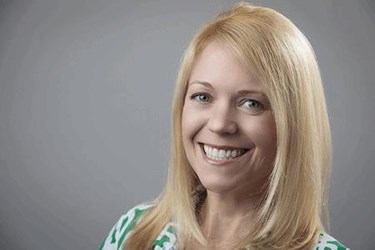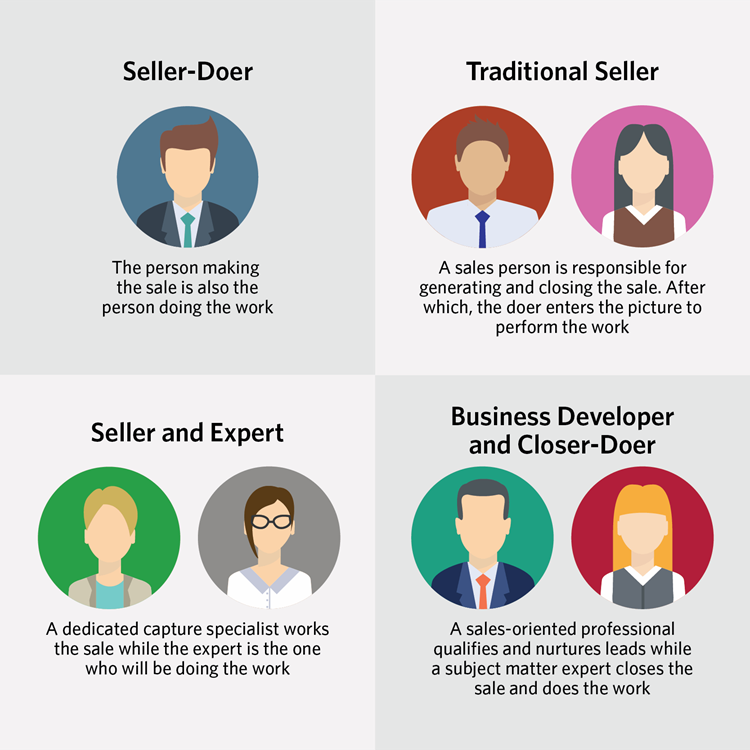How Expertise And Trust Help Drive Sales For VARs And MSPs
By Elizabeth Harr, Partner, Hinge

Selling professional services is tricky business. There is nothing tangible in the conversation. No product to pick up, turn over, and closely examine for quality and functionality. What clients are buying is you and your expertise.
But there is something else as well. Expertise alone is not enough – not even proven expertise. Prospects must feel confident that they can trust you to deliver on that expertise in a way that will benefit them. In many cases they must be comfortable with sharing sensitive, sometimes embarrassing or even potentially damaging information with you.
So how do you simultaneously prove that expertise and build that trust? It’s important to first understand how prospects view their relationship with service providers. Their need to establish your ability to provide the service they’re looking for better than anyone else and put their trust in you is what will drive VAR sales – and your larger sales and marketing strategy.
Four sales and marketing strategies to drive VAR sales
With lots of me-too firms selling similar services, it’s vital that value-added resellers set themselves apart from the competition, proving expertise and marketing leadership beyond a doubt.
To do that, firms might consider one of four tested and proven approaches to sales and marketing that take both existing business model and available resources into account:
1. The Seller-Doer Strategy
For many professional service providers this is a widely adopted approach – the seller is also the provider of the service. Given the high priority prospects place on expertise, it’s no surprise that the seller-doer model is so common in both very small and even larger firms – expertise gets conveyed through the pitch, and trust is engendered when the prospects learn that the person delivering the pitch will also deliver the goods.
For single-person firms providing customized service that augments another company’s solution, this simple structure can serve as a differentiator as it quickly builds familiarity and trust between you and your prospects. This model is not always a choice however. As a sole proprietor or small business without a sales team, you and you alone are the source of both the selling and the doing.
Whether by necessity or choice, firms adopting this model must plan for the inherent conflict between business development and client work. Between the two, business development is usually the one that falls to the wayside as you prioritize new client demands and without proper balancing, firms can find their pipeline suddenly diminished.
2. Traditional Seller Strategy
In a traditional seller strategy the two functions of selling and providing the services are separated. A sales person is responsible for generating and closing the sale, at which point the prospect-turned-client is handed over to the expert responsible for providing the service. In many cases, the seller remains in contact with the client to assess any further needs and to promote additional services. The main advantage with this strategy is that the seller and the doer do not have to divide their time between the two roles.
This model doesn’t work well across professional services in general because it does not allow the client to evaluate an individual’s expertise or establish trust. However, if there is another path to establishing trust, or if expertise can be assumed — as is often the case in the VARs and their partner channels – this approach can work. Ironically, it’s often because of this model that some VARs don’t have mature sales and marketing programs in place internally, as they rely on their much larger partner (or partners) to sell and promote the brand.
3. Seller and Expert Strategy
Highly complex technology services or situations involving a large enterprise or multiple business entities require extensive proposals or contract negotiations. This creates a need for having a service expert work in conjunction with a sales person due to the complexity of the sale and potential relationship. In this model, the role of the seller is akin to a capture specialist. Government contracts and large engineering and construction projects are two prime examples of situations where this model succeeds.
The advantage here is that the prospect gets dedicated, personalized attention that emphasizes expertise, making it easier to experience it firsthand. The potential downside is the expense and additional layer of utilizing highly-trained, well-compensated specialists to handle the sale and initial client contact. So unless opportunities are large enough to warrant the added expense, this strategy can be unsustainable, particularly for smaller firms.
4. The Business Developer & Closer-Doer Strategy
Similar to the seller-doer strategy, this one involves a “business developer” who generates, qualifies, and nurtures leads, but does not close them. Instead, closing is handled by an expert who will also do the work once the prospect becomes a client – hence, closer-doer. Because the business developer is not responsible for closing the sale, that individual does not need to have the technical skills of the closer-doer. They simply bring the right prospect to the expert who then takes it from there, ensuring the value-added services align with the prospect’s needs and then closing the sale and establishing the working relationship.
What makes this strategy even more efficient is that because the person closing the deal is also the person doing the work, information provided by the prospect does not get lost in the transition as it sometimes can in the traditional seller strategy. And because the business developer does not have to have specialized skills or training to close the sale, they don’t have to be as highly compensated as the professionals in the seller/expert strategy. This model does command however that the business development specialist play an active role in the management of any CRM or lead management system that might be in place, as well as continually review performance metrics so that the BD process is continually evaluated and adjusted as needed.
How do you test your current model and ensure it’s the best one for your firm – or select a new one if you don’t have a formalized process in place?
First, your clients and their needs – not your services – should drive the overall strategy of your firm. Building an objective understanding of your target client and the marketplace you operate in ensures your strategy revolves around the marketplace as it really is, not the way we think it is or wish it were. Client research is the best way to gather intel on the set of criteria driving their decision making behavior and the model you adopt should reflect what’s important to your audience.
Second, consider your overall business strategy and plan for growth. What does your firm want to accomplish? How are you positioned in the marketplace, and what types of people do you need to hire in order to support that positioning? Answers to these questions around your fundamental business goals will provide the business context for the type of model best suited to your firm.
Lastly, and related to the second consideration, are your existing internal resources. Assessing your current bandwidth helps you determine whether training is needed. Doe the doers for example understand the nuances of business development? Do the sellers understand the services you offer and the major (and oftentimes nuanced) pain points of your different audiences? People resources aside, how about the tools and infrastructure you do or don’t have in place? What types of marketing techniques are you employing at the various stages of the sales funnel? Answering questions like these will provide real insight into what is both possible and practical.
Each of these models are proven and effective in the professional services marketplace. But taking the steps to map your audience needs to your overall business goals and your existing resources can help ensure you select the most efficient and effective business model for your firm.

About The Author
Elizabeth Harr is an accomplished entrepreneur and experienced executive who heads the technology team at Hinge. Elizabeth brings over a decade’s experience in strategic planning, brand management and communications to her role as Partner.
